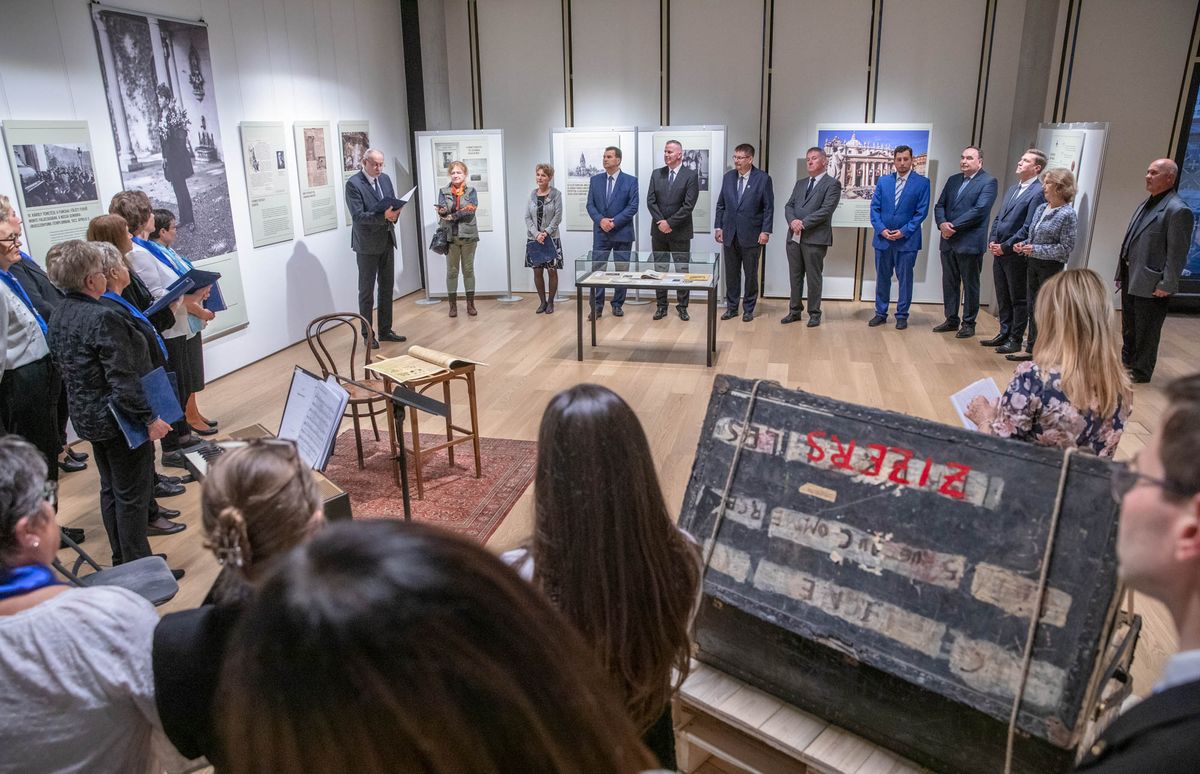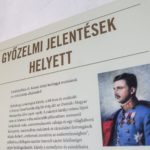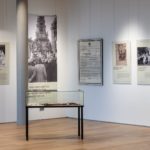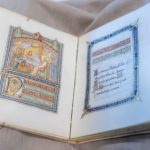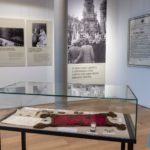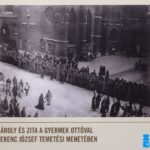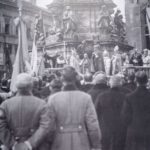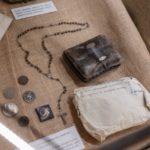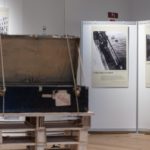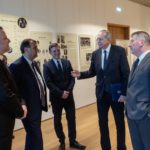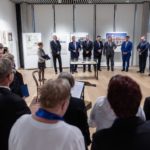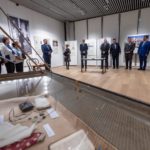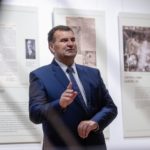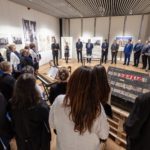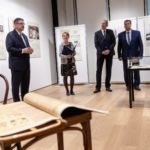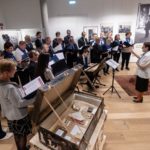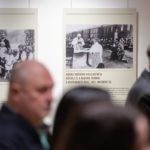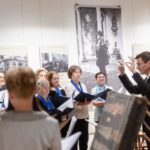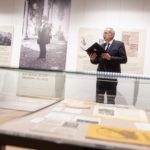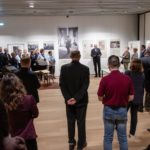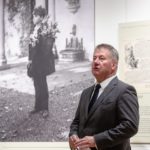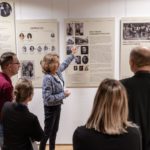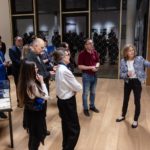The permanent exhibitions of the modern museum, opened two years ago, commemorate József Mindszenty, the cardinal who was forced into exile by the communist regime, the former parish priest of the Mary Magdalene Church in Zalaegerszeg, the leader of the legitimist movement in Zala, as well as the martyrs of the communist persecution of Christians. The temporary exhibition arranged by our Foundation is curated by Eszter Fábry and co-organised by Laura Balázs. It commemorates the last Hungarian king in a way that befits the local context and highlights the importance of Zalaegerszeg. It was there, in 1925, that the first church dedicated to the memory of King Charles was built, based on the plans of Iván Kotsis.
In 2022, our Foundation compiled and presented a travelling exhibition on the life of Emperor an King Charles for the commemorations of the centenary of his death in Madeira. As a result of our visit to the island at that time, cooperation was established with the Regional Government of Madeira, as well as with church and public collections, leading to the discovery of new information relevant to scientific research on the royal family’s stay in Madeira and the circumstances of Charles’s death. Simultaneously, we received diaries from Archduchess Walburga Habsburg describing the first period of the family’s exile, which are currently being processed by our colleague Eszter Fábry. Thus the exhibition “Exiled in Madeira” had been created and opened first in the Royal Palace of Gödöllő, and later in the Almásy Castle of Gyula, followed by the publication of a book of the same title, the English version of which was recently presented in Funchal.
On the occasion of the twentieth anniversary of Emperor and King Charles’s beatification, we opened a new exhibition in Tihany on 7 September 2024, which focuses on the royal couple’s last days and experiences in Hungary before their exile, while providing insight into both the historical context and the family’s personal story. The exhibition in Zalaegerszeg likewise traces the turbulent period after the end of the First World War, and the family’s time in Madeira, but – as the local context implies – it focuses primarily on memory, the process of the beatification and the contemporary relevance of the reverence and veneration surrounding the personality of Charles. The titles of the two exhibitions were deliberately chosen from the same essay written by Otto von Habsburg in 1972, on the fiftieth anniversary of his father’s death, in which our namesake gives testimony of his own faith and the transcendental aspects of his political vocation.
The opening ceremony in Zalaegerszeg began with welcoming speeches by Ágota Csengei, Head of the institution, Zoltán Balaicz, Mayor of Zalaegerszeg, László Vigh, Member of Parliament, and Bálint Havasi, Director General of the Directorate of Museums in Zalaegerszeg. Then László Szászfalvi, Member of Parliament, former State Secretary for Church Affairs, Deputy Head of the KDNP parliamentary group in the National Assembly, opened the exhibition, also interpreting the greetings of Zsolt Semjén, Deputy Prime Minister. László Szászfalvi – who is also a Reformed minister – followed Otto von Habsburg’s line of thought quoted in the title of the exhibition, and formulated his message in the form of a biblical interpretation. In conclusion, Gergely Prőhle thanked the employees of the Mindszentyneum and all those who contributed to the realization of the exhibition. Interesting part of the opening was the musical performance by the choir of the Carmelite Basilica of Keszthely, of which Ágota Csengei is a member, singing excerpts from the rarely heard Messe brève (short Mass) by French romantic composer Léo Delibes.
Photo gallery: Péter Seres
Cover photo: Zalai Hírlap/Pezzetta Umberto
